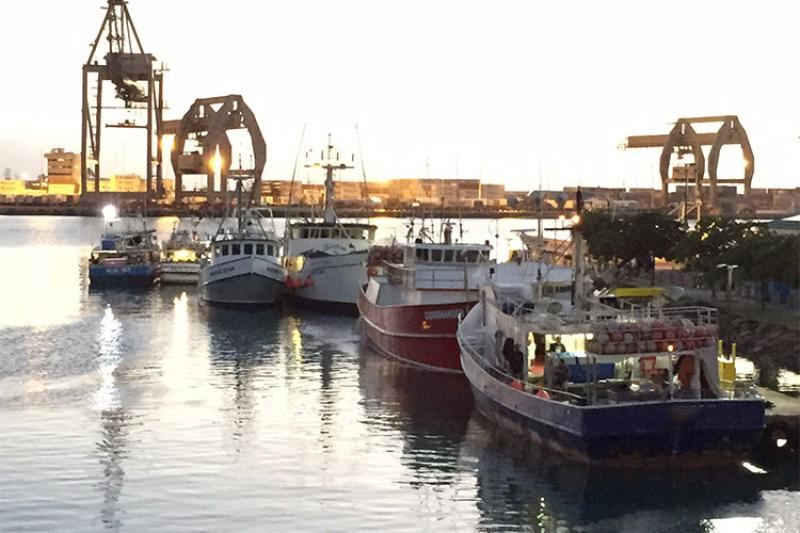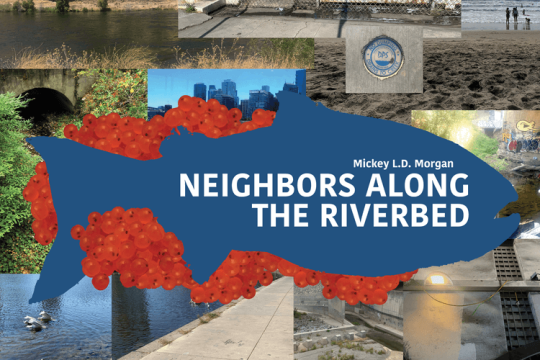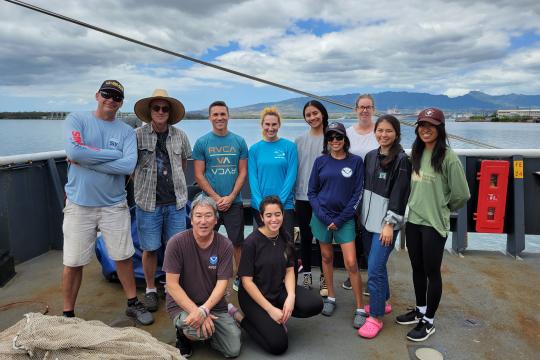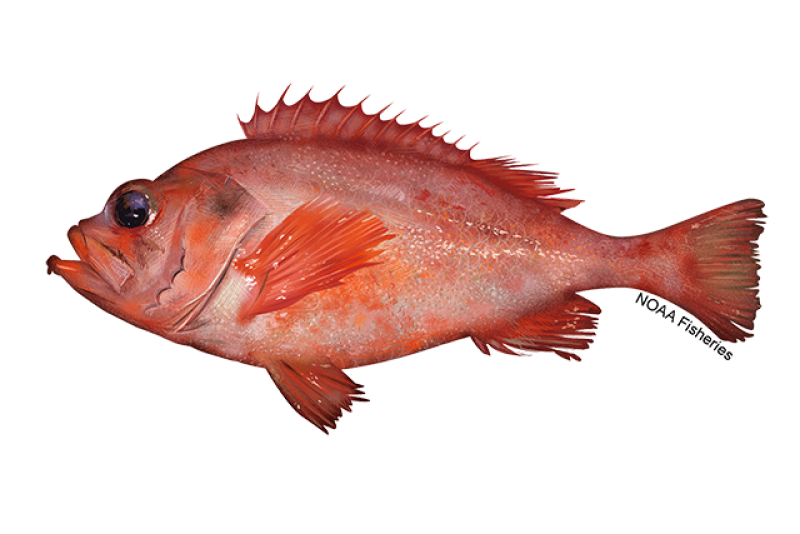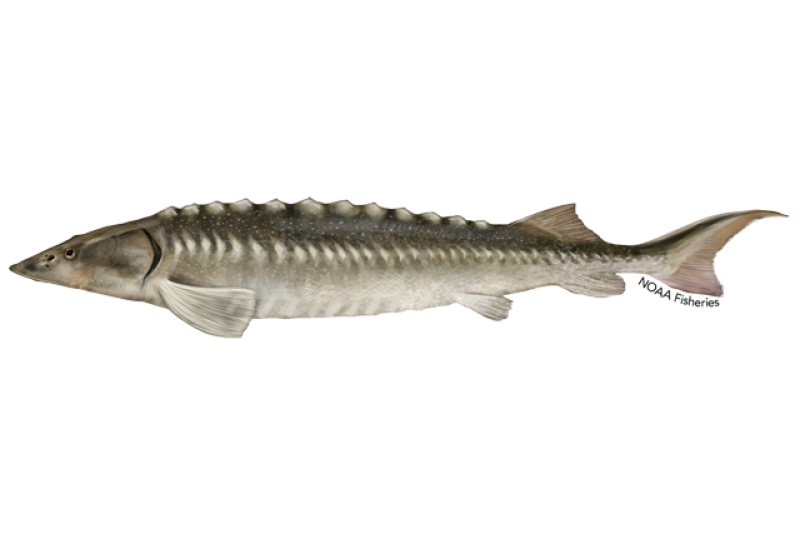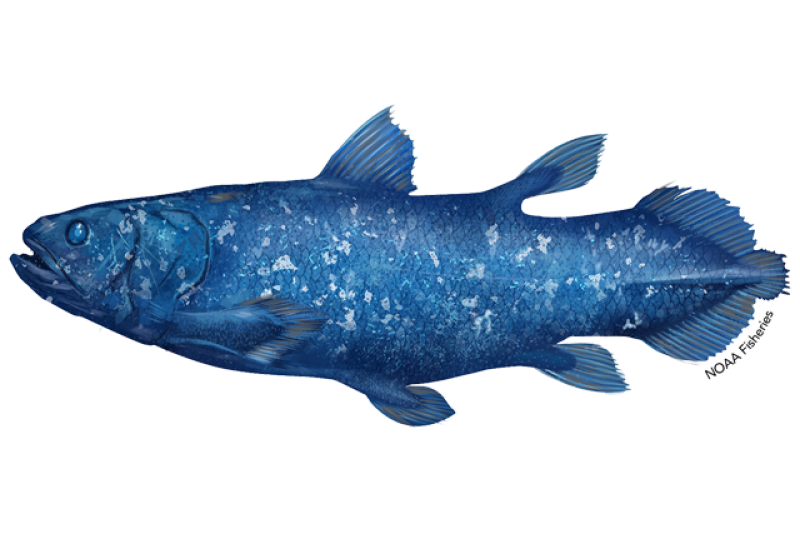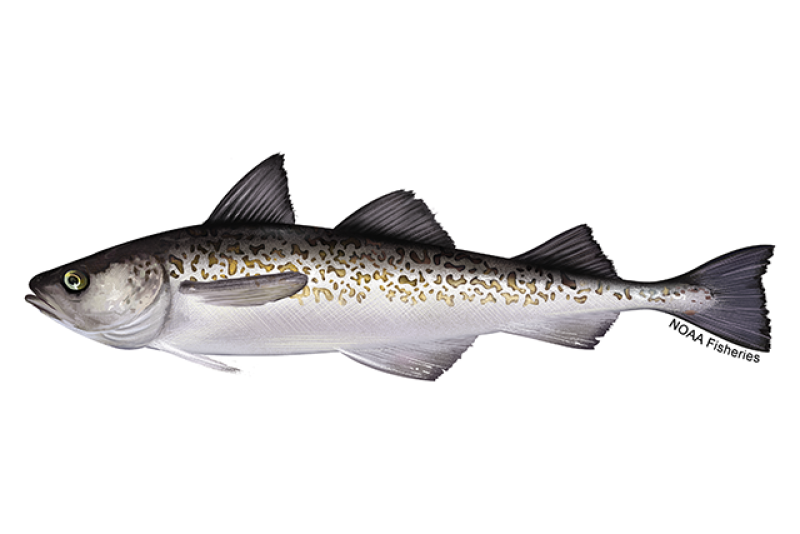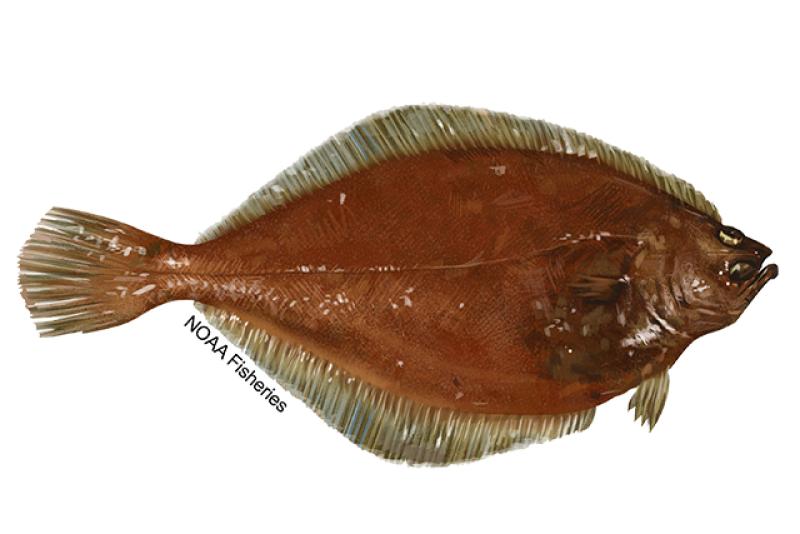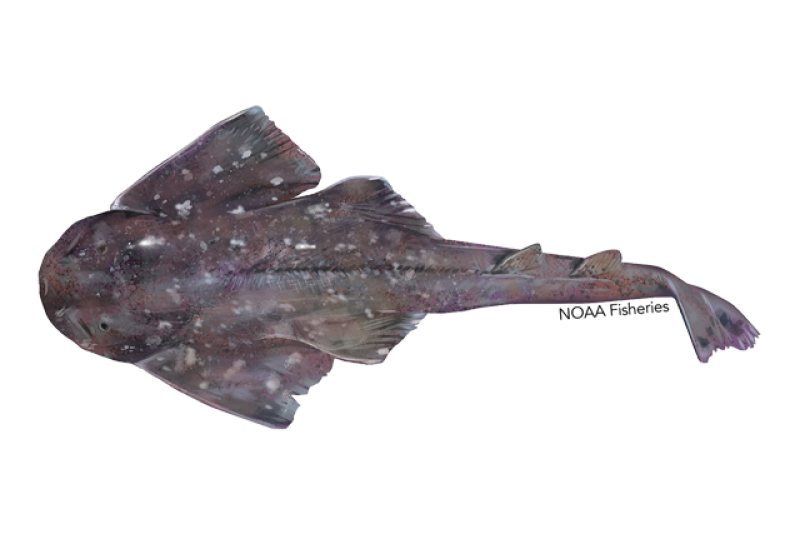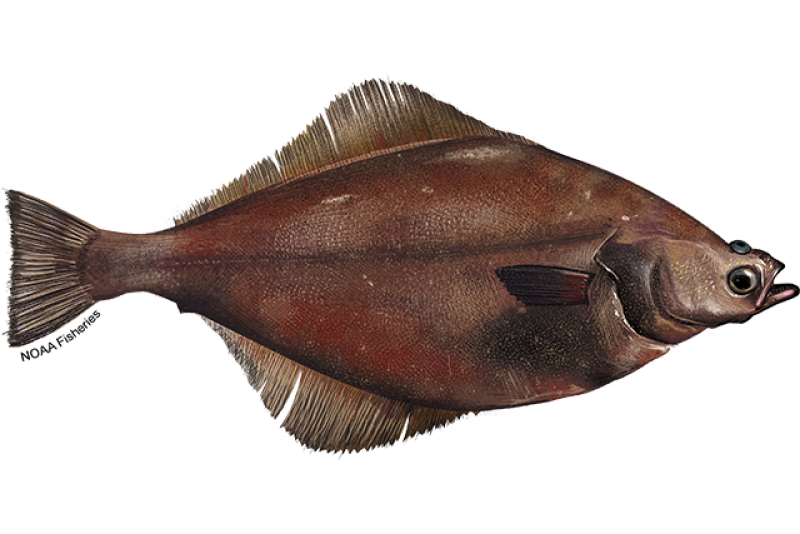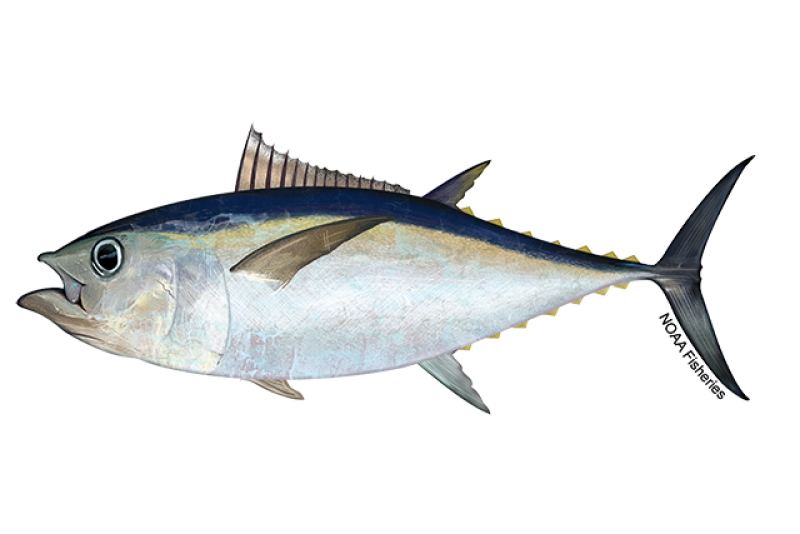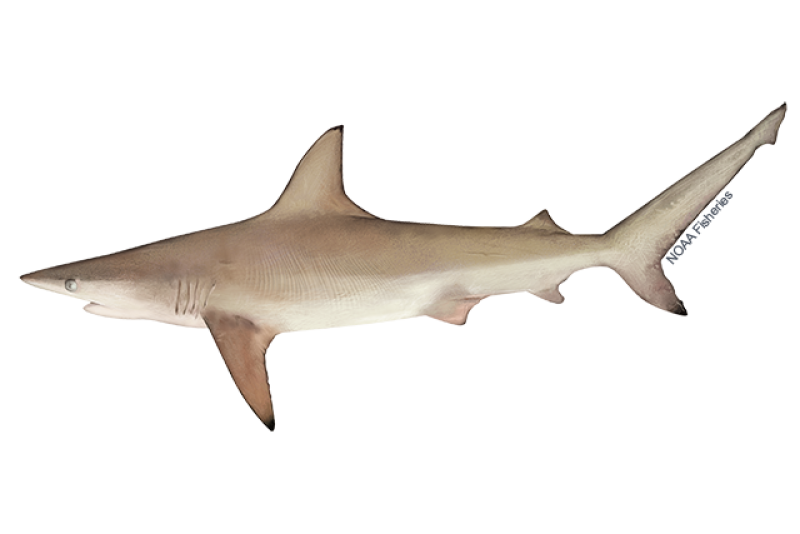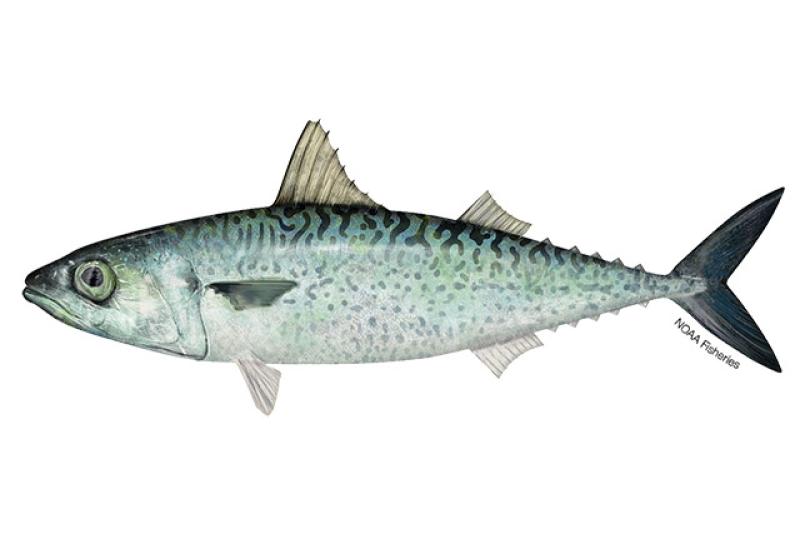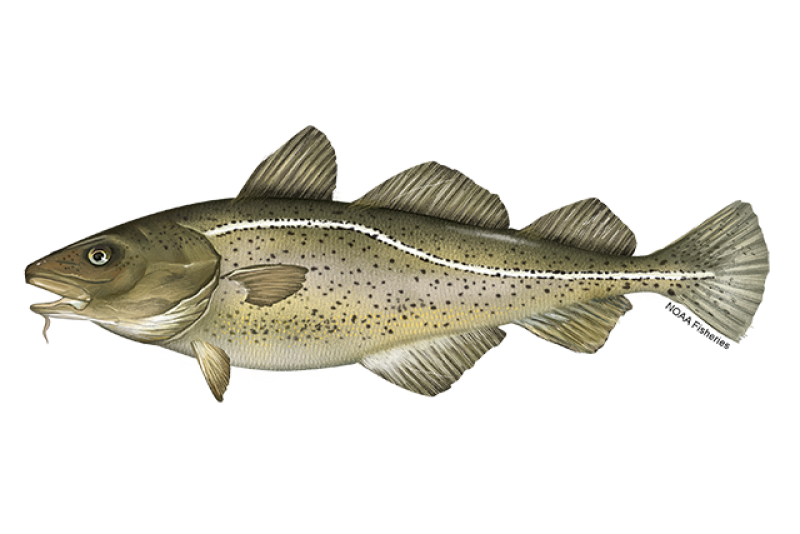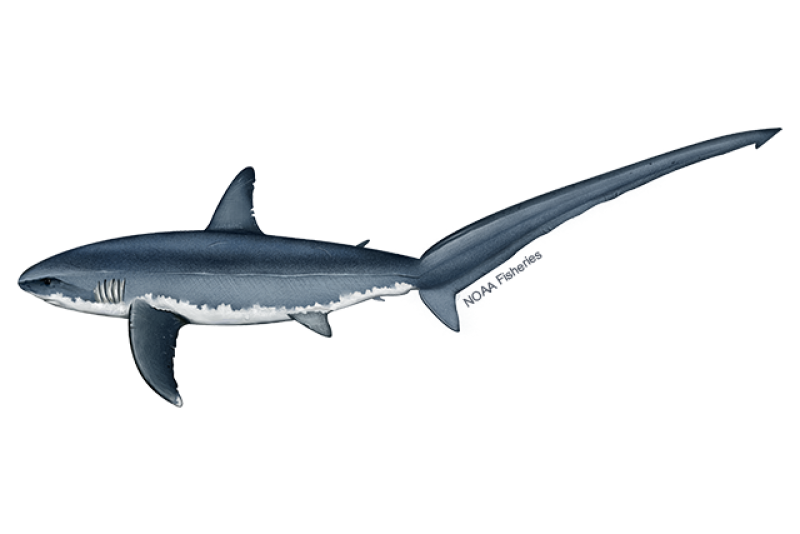Fish are extremely diverse animals living in a variety of habitats ranging from coral reefs and kelp forests to rivers, streams, and the open ocean. Most fish can be categorized into one of two primary groups: bony fish (Osteichthyes) and cartilaginous fish (Chondrichthyes). The skeleton of bony fish is made of bones, while that of cartilaginous fish is made of cartilage. Cartilaginous fish include sharks, skates, and rays.
Most fish under NOAA Fisheries’ jurisdiction are marine fish that spend their entire life in salt water. Others are anadromous—like some species of salmon and sturgeon—which begin their lives in freshwater, migrate to the ocean to grow into adults, and then return to freshwater to spawn.
NOAA Fisheries is responsible for the sustainable management of many species of fish under the Magnuson-Stevens Act that are targeted for human consumption and other uses like fertilizer. Some of these fish include Pacific bluefin tuna, Alaska pollock, and summer flounder. We are also responsible for protecting fish species listed under the Endangered Species Act like Atlantic sturgeon and oceanic whitetip shark.
Species News
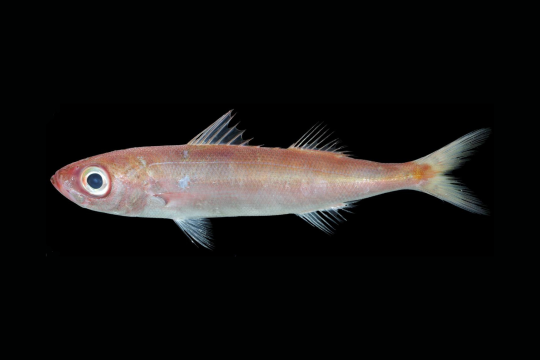 New species Emmelichthys papillatus Girard, Santos, and Bemis 2024, also known as the papillated redbait. It will be known by its Tagalog name, rebentador pula, in its native range of the Philippines. Photo courtesy of the Kagoshima University Museum.
New species Emmelichthys papillatus Girard, Santos, and Bemis 2024, also known as the papillated redbait. It will be known by its Tagalog name, rebentador pula, in its native range of the Philippines. Photo courtesy of the Kagoshima University Museum.
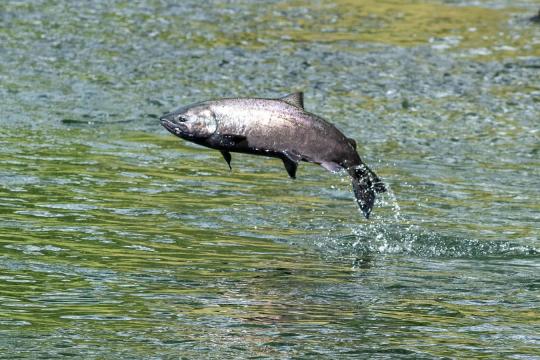 Spring-run Chinook salmon in California’s Central Valley were once the backbone of California’s commercial salmon fishery, but are now a threatened species that remain in a few tributaries of the Sacramento River. Photo: Carson Jeffres / University of California, Davis
Spring-run Chinook salmon in California’s Central Valley were once the backbone of California’s commercial salmon fishery, but are now a threatened species that remain in a few tributaries of the Sacramento River. Photo: Carson Jeffres / University of California, Davis
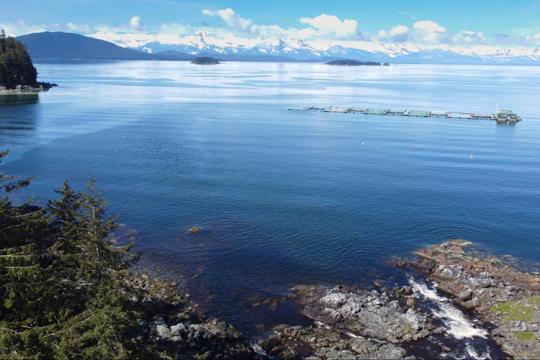 Salmon net pens containing >46 million juvenile chum salmon in Amalga Harbor, Southeast Alaska. Credit: NOAA Fisheries/Patrick Barry
Salmon net pens containing >46 million juvenile chum salmon in Amalga Harbor, Southeast Alaska. Credit: NOAA Fisheries/Patrick Barry
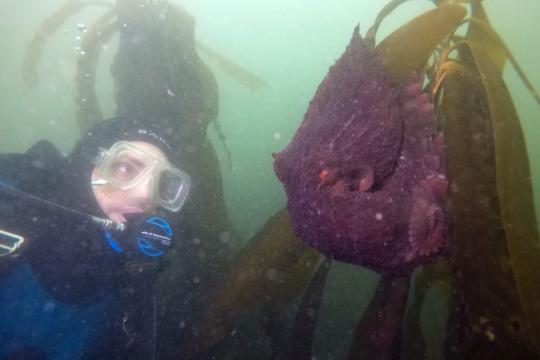 NOAA divers conducting annual 2023 underwater kelp forest surveys in Olympic Coast National Marine Sanctuary. Credit: Steve Lonhart, NOAA.
NOAA divers conducting annual 2023 underwater kelp forest surveys in Olympic Coast National Marine Sanctuary. Credit: Steve Lonhart, NOAA.
Multimedia
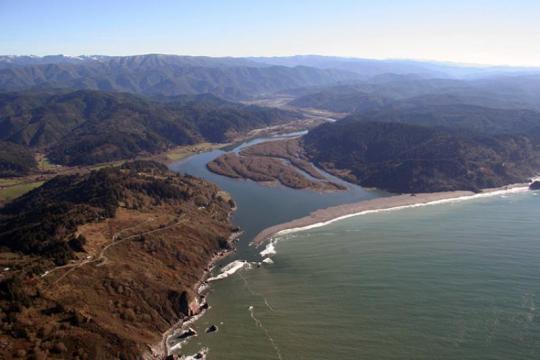 The Klamath River mouth. Credit: Thomas Dunklin
The Klamath River mouth. Credit: Thomas Dunklin
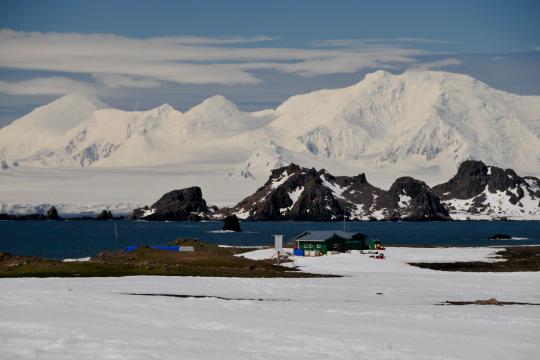 Cape Shirreff field camp on Livingston Island, one of the most breathtaking places in Antarctica. Credit: NOAA Fisheries
Cape Shirreff field camp on Livingston Island, one of the most breathtaking places in Antarctica. Credit: NOAA Fisheries
Research
Pacific Islands Annual Catch Limits
A summary of the current estimated catch of target species, percent of annual limits caught, and status of Pacific Island fisheries.
On the Probable Distribution of Stock-Recruitment Resilience of Pacific Saury (Cololabis saira) in the Northwest Pacific Ocean
Our numerical simulation approach provides an analytical tool for calculating the steepness…
Understanding Fisheries Management in the United States
NOAA Fisheries is responsible for managing marine fisheries within the U.S. exclusive economic zone. Learn more about the sustainable management of our marine fisheries.
